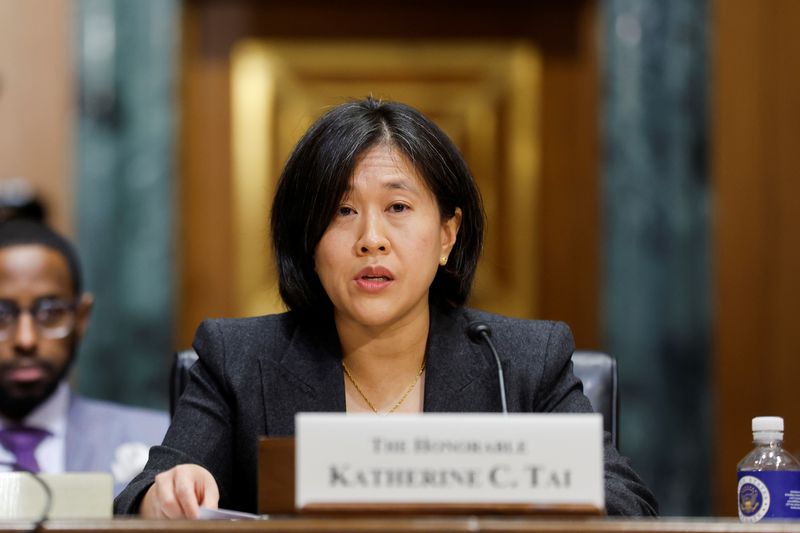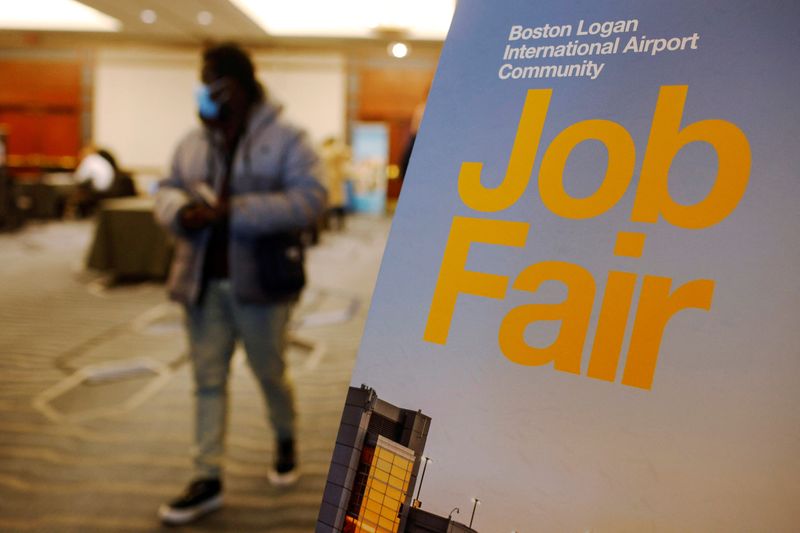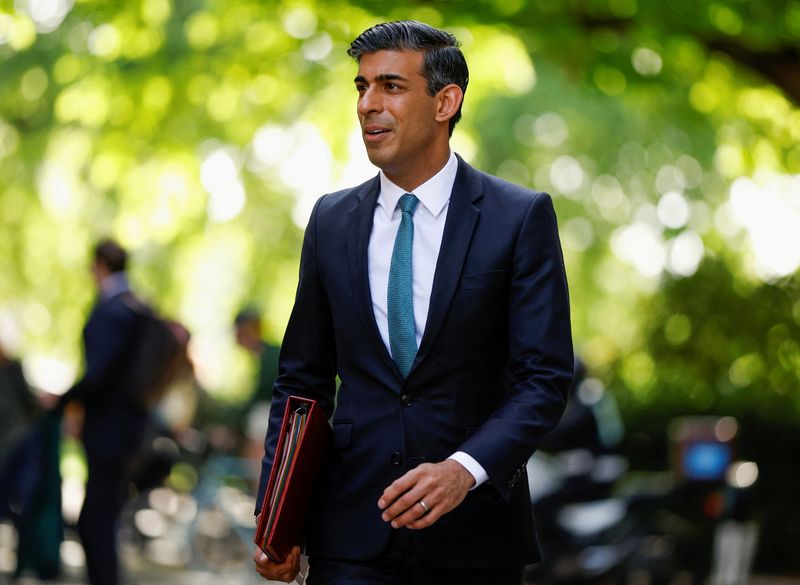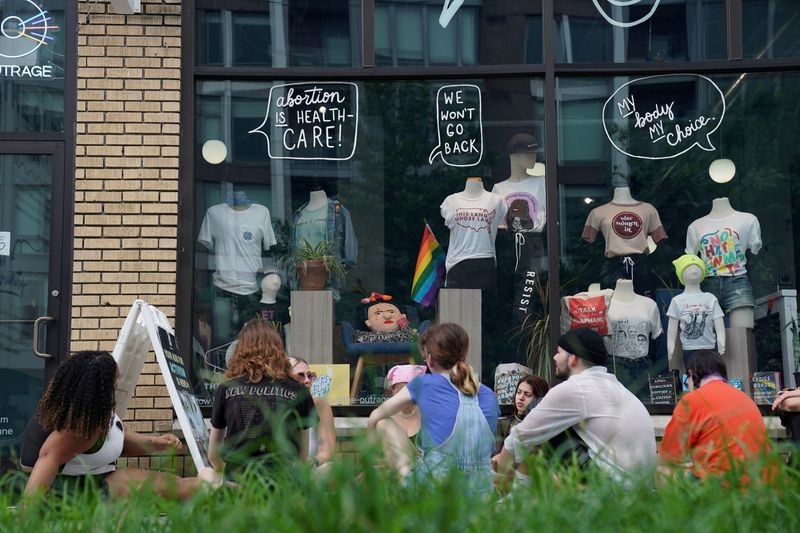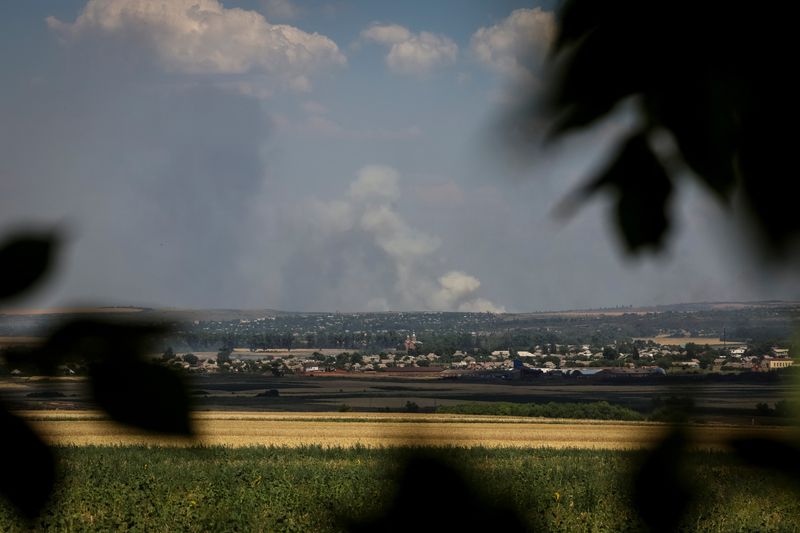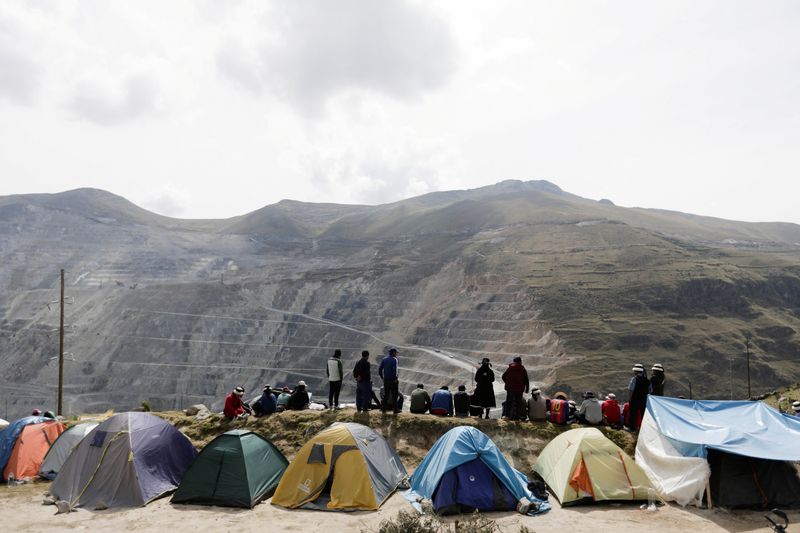By Satoshi Sugiyama
NARA, Japan -Moments before he was fatally shot from behind on Friday, Japanese former Prime Minister Shinzo Abe was doing what he’d done for decades: getting up close to the crowds and stumping for a local candidate.
As is typical in Japan, where violent crime is rare and guns are scarce, security appeared to be light on Friday morning as Abe spoke at an intersection outside the Yamato-Saidaiji Station in the western city of Nara.
No roads were blocked off and a bus and a van passed behind Abe’s exposed back as he spoke to the crowd of a few hundred. Two helmeted riders on scooters turned in front of him. Inside a passing hatchback car, someone waved in excited recognition at Japan’s longest-serving premier.
This account is based on footage obtained by Reuters and interviews with three witnesses.
Dressed in a dark jacket despite the summer heat, Abe called on the crowd, many of them older, to re-elect Kei Sato, a candidate in Sunday’s upper house election.
Some snapped pictures with their phone or mopped their brows in the humidity.
Members of Japan’s version of the secret service, the elite Security Police, appeared to be standing at Abe’s right and just behind him in their dark suits as the two-time prime minister lauded Sato’s pandemic response.
“During the pandemic, he heard everyone’s concerns,” Abe said, as the younger politician bowed and waved. “He was the type of person who didn’t look for reasons not to do something.”
They were to become the last words the former premier would speak publicly.
Behind him a wiry man, wearing glasses and beige cargo pants, strode into the road. He opened fire with a homemade gun that appeared to be wrapped with black electrical tape, and a cloud of white smoke blew towards Abe and the crowd.
“I thought it was fireworks when the first shot went off,” said Takenobu Nakajima, who runs a local printing company and was at the station to support Abe’s ruling Liberal Democratic Party.
“It almost felt like a burst of wind.”
For a moment, Abe appeared unaffected. The man, identified as Tetsuya Yamagami, a 41-year-old former member of the maritime self-defence forces, Japan’s navy, fired again almost immediately.
‘OUT OF NOWHERE’
Yamagami had come “out of nowhere on to the middle of the road” said businessman Makoto Ichikawa, who had been near the train station waiting for his wife.
“The first shot, no one knew what was going on,” Ichikawa said. After the second shot, members of the Security Police tackled Yamagami and pinned him to the ground. His grey shirt rode up, exposing a black belt with a silver buckle. Like most people in the crowd, he wore a mask.
There appeared to be a pause of 10-20 seconds before Yamagami was tackled, Nakajima said. Nara police told reporters they became aware of Yamagami after the first shot. They declined to say if security had been lax.
By then, Abe, 67, lay crumpled on the ground. Footage from media showed blood staining his crisp white shirt.
Ken Namikawa, the mayor of Nara’s Tenri city, was there to support the local politician Sato, who had been his college classmate. Namikawa told Reuters that he rushed over to one of the campaign vehicles and grabbed a microphone.
He started calling out to the crowd, asking if there were any doctors or nurses present. A nurse came running and joined the people attending to Abe.
At least one person administered heart massage.
“I was the one who spoke up, but I don’t think I did anything special,” Namikawa told Reuters.
Sato, a member of Abe’s faction in the ruling party, condemned violence in a series of posts in Twitter. He said we would participate in street speeches on the final day of campaigning.
Doctors later said Abe bled to death from deep wounds to the heart and the right side of his neck, despite receiving more than 100 units of blood in transfusions over four hours.
Ichikawa said he was struck by Yamagami’s face as he fired at the former premier.
“It was just a normal expression,” he said.
(Reporting by Satoshi Sugiyama in Nara; Additional reporting by Sakura Murakami, Sam Nussey and Reuters Tokyo bureau; Writing by David Dolan; Editing by Nick Macfie and Chizu Nomiyama)


